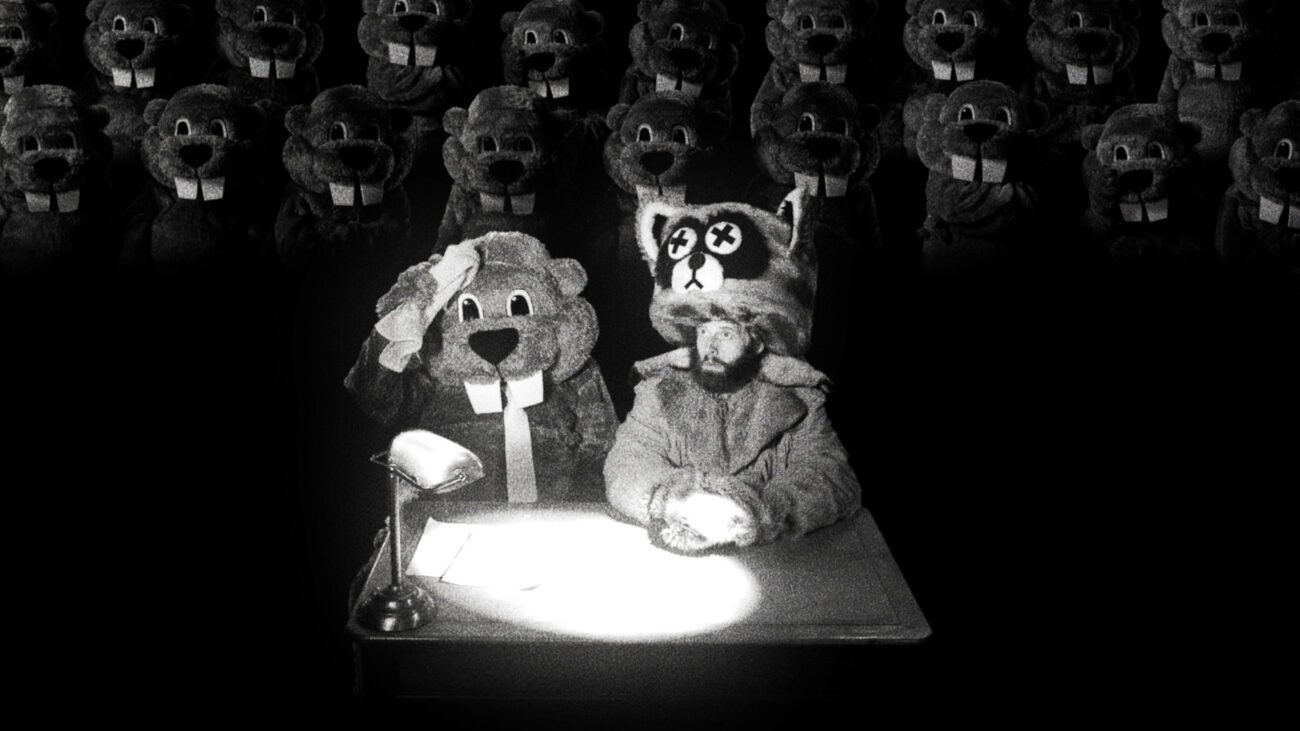It is a widely acknowledged fact that the WWE Hall of Fame is not exactly the most reputable entity. After all, the event is seen as a gong for those who have retained close connections to the WWE, particularly Vince McMahon, whilst some of the most deserving are not given their due recognition. So whilst infamous names like Torrie Wilson, Koko B. Ware, and The Bushwhackers have been presented with the WWE’s ultimate legacy prize, there are icons of the industry who are yet to be gifted the prestigious plaque.
Here we present 10 wrestlers who are not in the WWE Hall of Fame but should be. Let’s take a look at why they haven’t taken their place in the Hall of Fame
Owen Hart
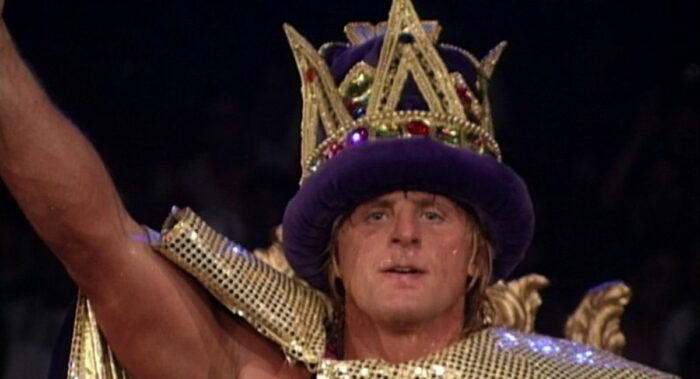
“The Rocket” is perhaps the most infamous omission from the WWE’s Hall of Fame.
A member of the prestigious Hart family, he was one of the World Wrestling Federation’s top heels in the mid-1990s when feuding with older brother Bret. Whilst he had previously proved his in-ring ability in New Japan and worked in lower-card tag teams, Owen would have his breakthrough year in 1994.
After turning on his brother at that year’s Royal Rumble, he scored a pinfall victory over “The Hitman” at WrestleMania X. The duo’s SummerSlam 1994 match was only the WWF’s second five-star match as rated by Dave Meltzer.
Although he never became WWF champion, he remained one of the company’s top workers, picking up both the Intercontinental and World Tag Team titles on several occasions. He continued to have standout matches against the likes of Shawn Michaels and The British Bulldog.
Owen was respected both in the ring and out of it, where he was a notorious backstage prankster beloved by colleagues.
In 1999, as a part of a stunt under his Blue Blazer gimmick, Owen was supposed to zip-wire down to the ring. However, faulty equipment meant the 34-year-old plummeted 70 feet onto a turnbuckle. Stretchered out, he would later pass away due to blunt force trauma whilst the WWF continued to run the ongoing Over The Edge Pay-Per-View (PPV).
Since then, Owen’s wife Martha has barred any attempt for Owen to be inducted into the WWE Hall of Fame. On Dark Side of The Ring, she commented: “I would never allow for Owen to be recognised for a company that is actually responsible for his death.”
The prospect of WWE officially celebrating Owen seems even less likely today due to “The King of Harts”’s association with AEW, who established the Owen Hart Cup in his honour.
Brian Pillman
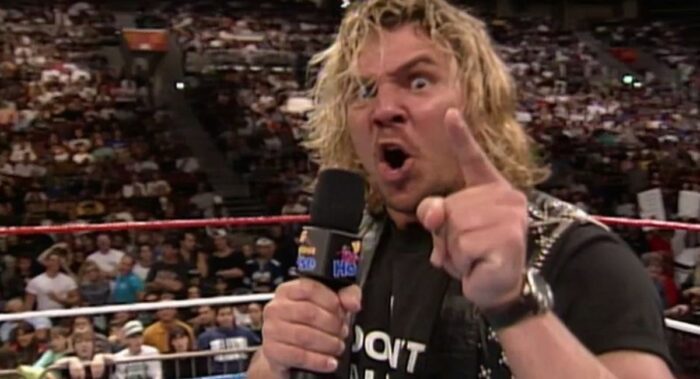
In a similar vein, Brian Pillman’s snub is likely due to his death whilst an active member of the WWF roster.
In October 1997, he was set to face Dude Love when he was found dead at 35 due to a heart disease.
Dying on their watch, WWF went a step further the next night by interviewing his grieving widow on live TV. The interview would win the Wrestling Observer’s Most Disgusting Promotional Tactic award.
Although his WWF work was limited due to lingering injuries from a 1996 car accident, he had years of outstanding ring workouts in his past.
“Flyin’” Brian made a name for himself in World Championship Wrestling in the early 1990s, working as a white meat babyface with a boy-next-door appeal. Hard-working, agile, and attractive, his character was honed through the Hollywood Blondes tag team with a young “Stunning” Steve Austin.
He would subsequently become a member of The Four Horsemen. It was in that stable that he developed his iconic worked-shoot “Loose Cannon” persona in which he would blur the lines between fiction and reality. Under this moniker, he memorably referred to on-screen wrestler Kevin Sullivan as the “booker” and prompted Bobby Heenan to yell “what the f**k are you doing?” during an unscripted scuffle.
Pillman left WCW, working Executive Vice-President Eric Bischoff into legitimately releasing him, and jumped to Extreme Championship Wrestling before signing on for the WWF.
In the WWF, he feuded with old partner Steve Austin, most famously in the “Pillman’s got a Gun” angle in which he threatened “Stone Cold” with a pistol.
His absence from the Hall of Fame makes him the only wrestler on the first WCW Monday Nitro (in which he competed in the first match) to not be inducted.
Ivan Koloff

A surprising omission from the Hall of Fame is Ivan Koloff, whose career more than justifies his entry into the WWE Hall of Fame.
Real name Oreal Perras, he was born in Quebec but throughout his career was portrayed as “The Russian Bear” Ivan Koloff.
In 1971, he cemented his place in history as the man to finally beat Bruno Sammartino after the Italian’s eight-year WWWF title run. After 2,803 days with the strap, Koloff dethroned the incumbent, shocking the crowd into a stunned silence. He later recalled that he was told to go to the locker room where he would be gifted the belt as “they were afraid of a riot.”
Koloff had a successful career afterwards too, leading The Russian Team, which introduced the world to his kayfabe nephew Nikita Koloff. Together, the ruthless Russians would fight top teams such as The Road Warriors and The Rock ‘N’ Roll Express.
In the 1990s, Koloff would hold the unique distinction of competing on both the first-ever ECW card and the first television taping for Jim Cornette’s Smoky Mountain Wrestling.
The fact Koloff is not in the WWE Hall of Fame means he is the only individual to hold the world title in its first 34 years to not be in the Hall of Fame and just one of two in the 20th century.
As for why he is not an inductee, he was part of a 2015 class action lawsuit stating the company had hidden information about concussions from its wrestlers. It is a tragic story, as Ivan claimed it would be an honour to be allowed in; he died in 2017 having never been inducted.
Former tag partner Barry Darsow postulates there must be further heat that has blocked his nomination. Talking of which…
Demolition
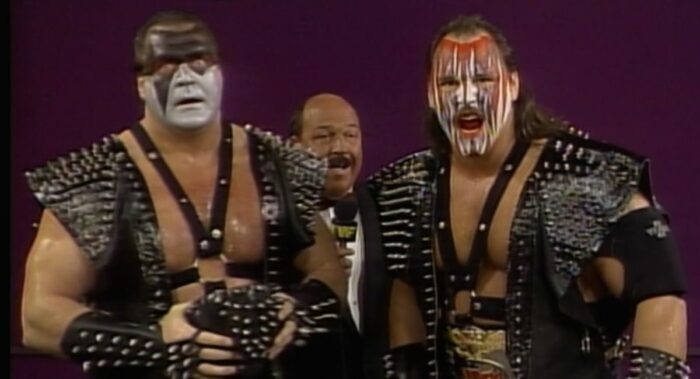
Few 1980s WWF tag teams were quite as memorable as Demolition.
Ostensibly a Road Warriors rip-off with their face paint and spiked entrance attire, the team of Bill Eadie and Barry Darsow started out as dominant heels but would become beloved babyfaces.
At WrestleMania IV, the duo picked up their first WWF tag titles, going on to hold them for a record-setting 478 days. In all, they would hold the belts two more times, winning them for the final time at WrestleMania VI from The Colossal Connection (Andre The Giant and Haku) in “The Eighth Wonder of the World”’s WWF swansong from the ring.
Shortly after, they turned heel and added Crush to the group’s lineup. They would drop the belts to The Hart Foundation at SummerSlam in the best match of their run, quickly falling out of favour after the WWF were able to sign The Road Warriors.
As well as their Demolition run, all three members had memorable solo runs in the WWF. Eadie was mid-80s main eventer The Masked Superstar, Darsow would have a run as Repo Man, and Crush would have gimmicks as a Hawaiian surfer and Japanese sympathiser.
As for the WWE Hall of Fame, several out-of-ring clashes with the company seem to be the reason.
As well as Demolition participating in the 2016 concussion lawsuits, Bill Eadie had sued the WWF previously, settling in 1997 in a case relating to a dispute over the Demolition name.
The WWF have further slashed the tyres of Demolition’s legacy by having The New Day break Ax and Smash’s record of being the longest-reigning WWE tag champions.
Eadie has explained that he does not expect to get inducted into the hall anytime soon and that fans always tell them they should be inducted.
King Kong Bundy
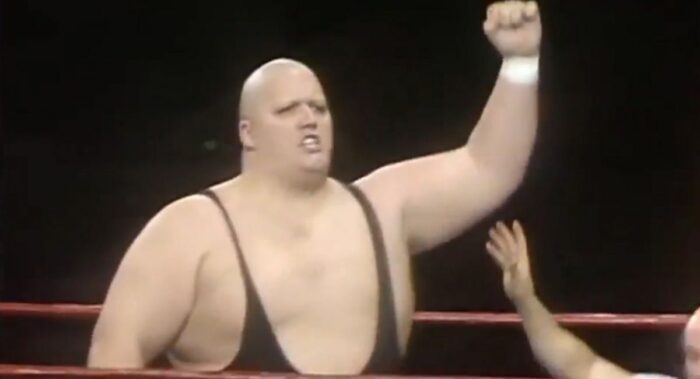
Another superstar involved in the 2016 lawsuit was King Kong Bundy, who was one of the most recognisable stars of the 1980s WWF.
Tommy Dreamer, on his House of Hardcore podcast, recalled another alleged reason why Bundy hasn’t been invited into the WWE Hall of Fame. In his role in Talents Relations, the ECW legend pitched a return to Bundy during Randy Orton’s 2005 “Legend Killer” run, and the bald brute shut it down in dramatic fashion.
He told Dreamer: “Number one, you need to tell him that he needs to pay me the money that he owes me. Number two, unless there is a creative idea for me winning the title, I have no interest in it because [Vince McMahon] promised me the title when I put over Hulk Hogan and he never delivered so please go tell him to go f**k himself.”
Considering Vince seemingly has both decision-making abilities and veto powers over Hall of Fame spots, it seems this has landed Bundy in permanent hot water.
Still, “The Walking Condominium” deserves to be honoured, having seen success under the tutelage of managers such as Bobby Heenan in the 1980s and Ted DiBiase in the 1990s.
At 450 pounds, the New Jersey native was one of the most physically impressive athletes on the roster even in a time of impressive superheavyweights. So dominant was Bundy that he insisted the referee count to five after pins instead of three in a display of his almighty authority.
A comedian outside of the ring, he made several appearances on the big screen, most memorably on the show Married…with Children where he played himself in 1995.
He had noteworthy WrestleMania bouts against S.D. Jones and The Undertaker but his career highlight will always be main eventing the second-ever WrestleMania against Hulk Hogan for the WWF championship.
Bam Bam Bigelow

Alongside Bundy, Bigelow is one of a select few 20th-century WrestleMania main eventers not currently in the WWE Hall of Fame.
“The Beast From The East” headlined WrestleMania XI, being tasked with orchestrating a competent match with football star Lawrence Taylor.
Unlike Bundy however, Bigelow was an incredibly agile performer for his size, as evidenced by his finishing twisting moonsault from the top rope. That was not his only distinguishing feature, with Bam Bam sticking out for his look, from his flame-adorned attire to his tattooed head.
Wrestling Observer’s 1986 Rookie of the Year, Bigelow had his first WWF run in 1987. During this short tenure, he most memorably was given a huge role in the inaugural Survivor Series main event, where—down three-to-one—he resiliently fought back to eliminate Bundy and The One Man Gang.
Subsequently, Bigelow briefly dipped into WCW before a fruitful run in New Japan Pro Wrestling, winning the IWGP Tag Team titles with Vader and challenging for the IWGP championship.
In 1992, he returned to the WWF, where he would remain a stalwart of the mid-card scene until 1995. In 1993, he reached the final of the King of the Ring and was a threat as a part of The Million Dollar Corporation.
In ECW, Bigelow managed to do what he never did in the WWF: win a championship belt. In October 1997, he won the ECW World Heavyweight Championship from Triple Threat stablemate Shane Douglas, losing it back to “The Franchise” at ECW’s flagship show November To Remember.
Afterwards, he joined WCW, staying until its demise and competing on the very final Nitro.
Bigelow’s WWE Hall of Fame absence can be attributed to his criminal history. Throughout his life, he was charged with attempted kidnapping, sexual assault, and reckless driving which endangered the welfare of a child.
He too was outspoken about backstage politics and drug use within the industry.
Lex Luger
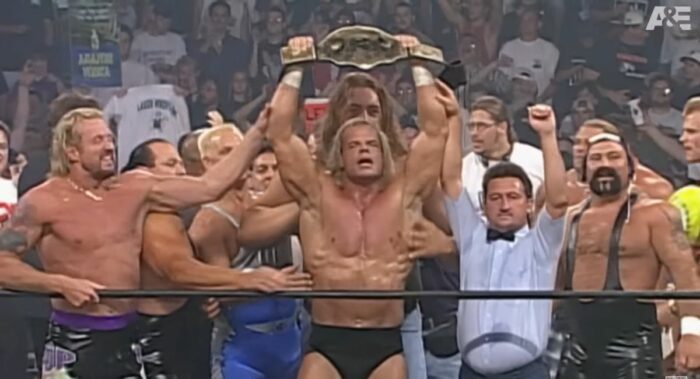
Lex Luger first made his first major mark in Jim Crockett Promotions, later WCW, where he was a member of The Four Horsemen. After abandoning the group, he became a headliner, facing Ric Flair in a series of world championship matches. He would become the longest-reigning United States champion—a record he still holds to this day.
In 1992, Luger was brought into the WWF to be a part of the short-lived World Bodybuilding Federation. After that sank, “The Narcissist” made his debut on WWF television.
He would turn face after slamming the 600-pound Yokozuna. At SummerSlam 1993, he would challenge for the WWF championship in the main event but stopped short of winning the title.
In 1995, whilst still working with the WWF but without a contract, he jumped to WCW, debuting on the inaugural episode of Nitro.
Luger would remain a top star with the promotion until it folded. He would earn significant victories over Bret Hart, Randy Savage, and Hulk Hogan—the latter of whom he memorably defeated on Nitro to win the WCW World Heavyweight title in what can be seen as his greatest career moment.
Why is he not in the WWE Hall of Fame? The reason postulated is behind-the-scenes events.
In April 2003, he is alleged to have beaten his then-girlfriend Miss Elizabeth. The next month, she died at his house after an overdose, a death that remains contentious. He was charged with driving under the influence in 2003 and served jail time in 2005.
Another factor is the fact he is wheelchair-bound. The WWE perhaps might not want to show fans that their larger-than-life heroes can end up with their bodies broken.
Discluding Vince McMahon, Lex Luger is the only 20th-century Royal Rumble winner not currently in the Hall of Fame.
Dynamite Kid
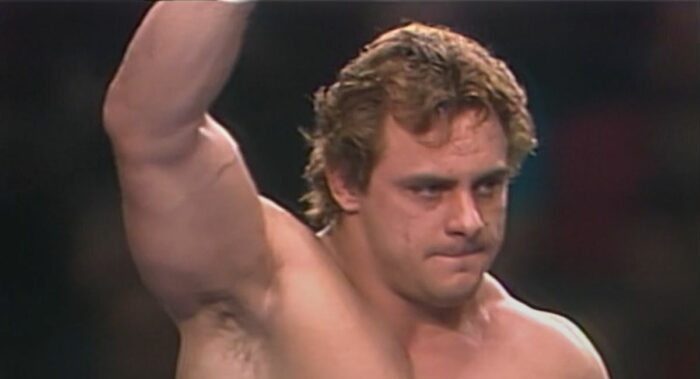
Another man kept out of the Hall of Fame based on his personal life is The Dynamite Kid.
Behind the scenes, he was a horrific bully who took joy in inflicting misery upon others. Stories include making The Honky Tonk Man cry, drugging and then shaving the eyebrows off of Outback Jack, and taking a dump in enhancement talent Mitch Snow’s bag. The most famous however was the long-standing backstage hostility between himself and Jacques Rougeau, to which Rougeau attributes his own notable absence from the Hall of Fame.
More scary still was the fact that Dynamite once pulled a gun on his own wife in front of their children.
Despite his out-of-ring exploits, his in-ring work in isolation would undoubtedly be enough to earn him a placement in the WWF’s greatest honour.
Dynamite was a pioneer, in the very real sense of the word. The world had not seen as unique a style as Dynamite’s before, mixing violence, power, quickness, agility, and dynamism into one revolutionary wrestling style. All were extenuated in his infamous finishing manoeuvre, the diving headbutt.
His matches in Japan with Tiger Mask in particular are some of the most highly-regarded encounters of their era, with a 1983 match being awarded the first five-star rating by Dave Meltzer.
Having made his name in Japan and in Stampede Wrestling, he would join the WWF in 1984. Career highlights include a strong performance at 1985’s The Wrestling Classic, winning the World Tag Team titles at WrestleMania II, and opening SummerSlam 1988.
Once described by opponent and partner Bret Hart as the greatest wrestler he ever shared a ring with, he would never be the same after a 1986 injury. Despite some level of continued success in Japan afterwards, his best work was in the early-mid 1980s.
The Midnight Express
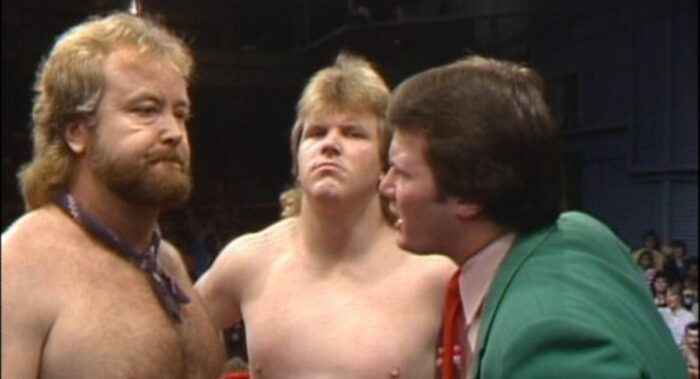
Throughout the 1980s, no tag team was as consistently strong as The Midnight Express. Although a decade filled with praised duos, The Express managed the rare feat of having a successful major line-up change during their run.
Although feuding with the likes of The Fantastics and The Road Warriors, today the group are best remembered for their feud with The Rock ‘N’ Roll Express. Starting in Mid-South and running through Jim Crockett Promotions, group stalwart Bobby Eaton wrestled both Ricky Morton and Robert Gibson on nearly 500 recorded occasions.
The group, popularised by “Beautiful” Bobby Eaton and “Loverboy” Dennis Condrey—the latter later replaced by “Sweet” Stan Lane—would win belts such as the NWA World Tag Team titles, NWA American Tag Team titles, and the NWA United States Tag Team titles.
In 1987, the duo won both Pro Wrestling Illustrated and Wrestling Observer’s Tag Team of the Year award.
Even after the group dissolved, Bobby Eaton went on to an eclectic solo career, winning the Television title and serving in The Dangerous Alliance and The Bluebloods.
Although in several pro wrestling Hall of Fames, they are absent from WWE’s. They may have never have worked for the corporation but they deserve a place in the hall nonetheless.
One of the big issues was the group’s spokesperson Jim Cornette, who has been incredibly vocal about Vince McMahon and the WWE in general over recent decades. His controversial comments indicate that the WWE may be unwilling to work with him again, even if he did induct Morton and Gibson in 2017.
The stable’s fate seems unlikely. The cornerstone Eaton is now deceased, Condrey uses a voice box and is not a known name to younger and casual fans, and Lane has left wrestling in his past and would be miserable travelling.
Rick Martel
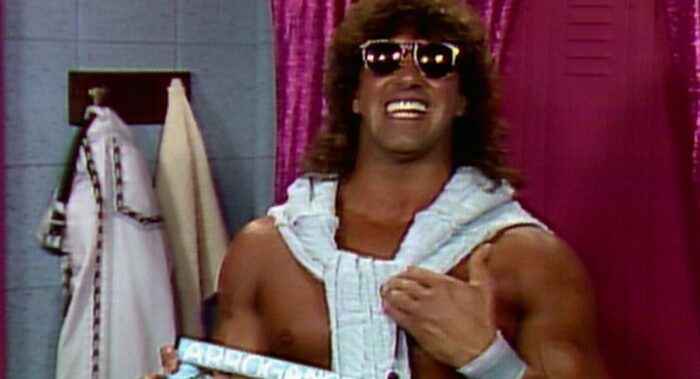
An extremely capable in-ring competitor, Rick Martel picked up title belts in promotions such as the AWA, WCW, and WWF.
After years of grafting, Martel would pick up the AWA World Heavyweight Championship in June 1984. A testament to his wrestling ability, he would hold the strap for a whopping 18 months before dropping it to Stan Hansen.
In 1986, Martel returned to the WWF. Already a two-time former World Tag Team champion alongside Tony Garea, he formed The Can-Am Connection with Tom Zenk. Together, they opened WrestleMania III in front of an alleged 93,000 fans in the Pontiac Silverdome.
He found more success with Tito Santana in Strike Force. In a match broadcast in November 1987, Martel forced The Hart Foundation’s Jim Neidhart into submission with his Boston Crab move, winning the tag straps in the process.
Although Strike Force had a famous falling out, the on-again, off-again rivalry never had a conclusive blowoff.
In the aftermath, he became the pompous “The Model”, dressing in pink and blinding opponents with his Arrogance perfume. In this guise, he had featured Pay-Per-View bouts with workers such as Jake Roberts and Shawn Michaels. Martel would stay in the company until 1995.
After a 1997 return fell through, he had a brief stint in WCW where he picked up the TV title from Booker T.
Martel has reportedly been approached about being put in the Hall of Fame but plans never came to fruition.
Bruce Prichard has stated it may be due to him having moved on from the business, now doing real estate. Jake “The Snake” adds that he thinks Martel would not want to travel from Canada.
The relations with the company seem not bitter but rather distant, with “The Model” having no desire to be inducted.

